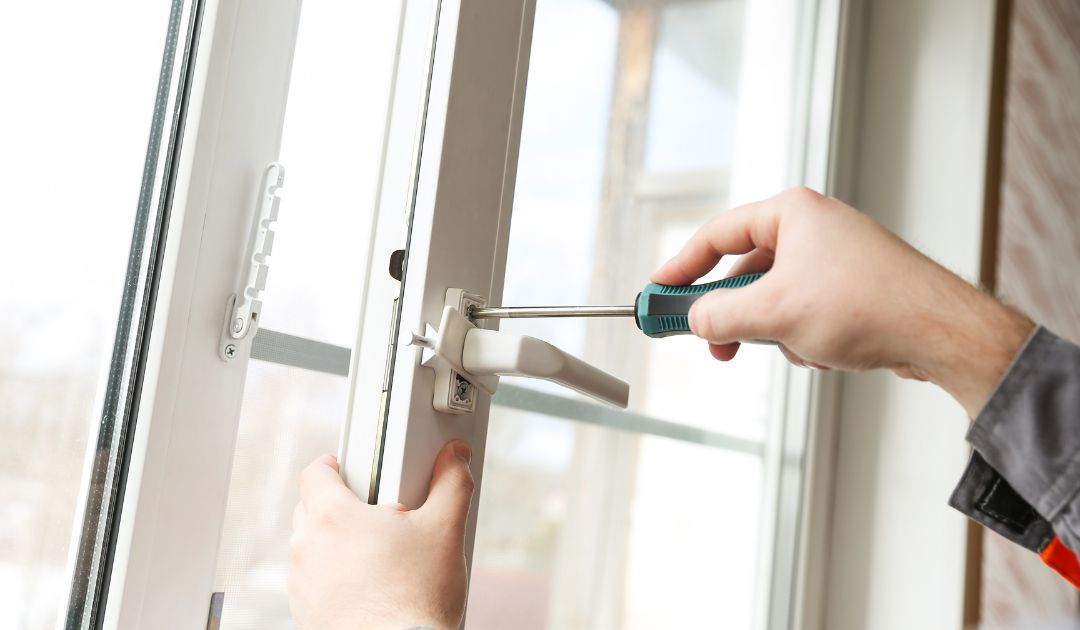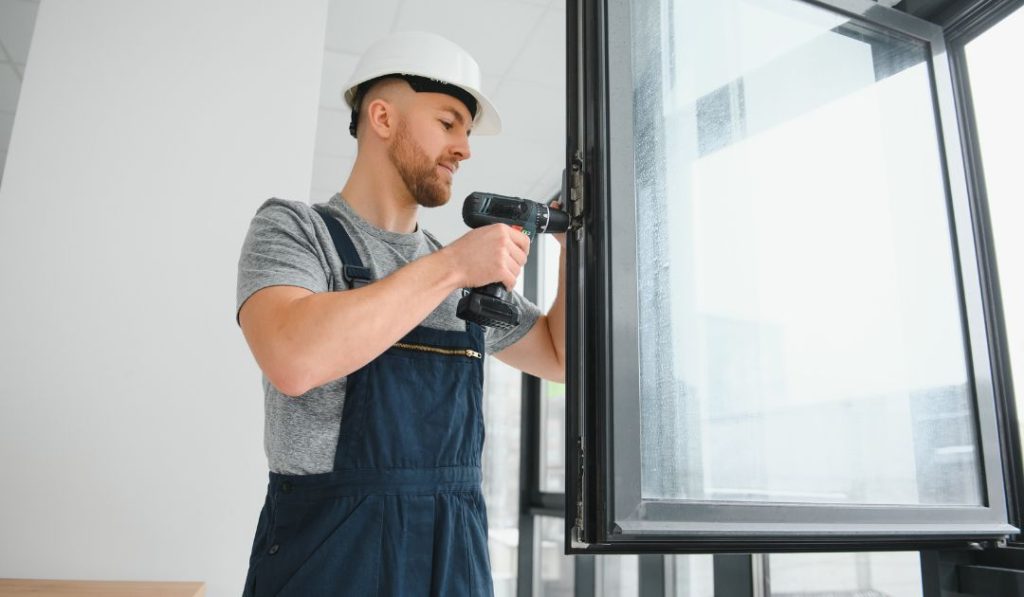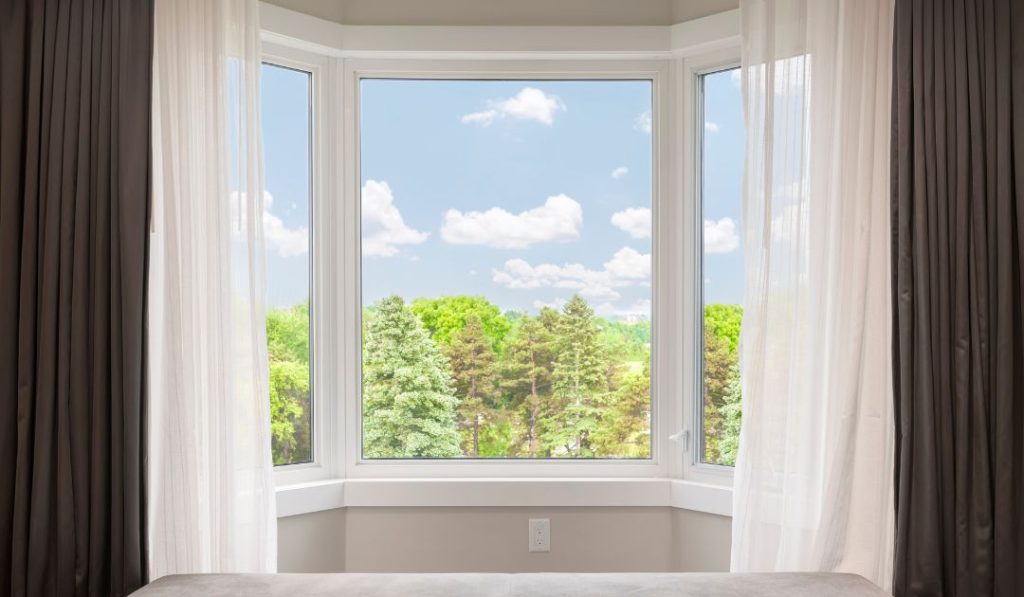Published on: October 11, 2022

Replacement windows are one of the crucial home improvements you make. However, choosing the right windows can feel overwhelming due to the various numbers and claims the manufacturers make.
So what are the most important performance ratings you should pay attention to when selecting new windows and what do they really mean? Here’s your overview to guide you in picking the best possible windows.

If you are looking for the highest quality replacement windows, you can follow the guidelines the American Architectural Manufacturers Association and the National Manufacturers Association set.
They provide valuable information to help homeowners determine and compare the energy performance of not just windows, but also lights and doors. The best thing about them is that they provide an unbiased and uniform rating.
So what features do these organizations look for in a window and why do those features matter so much? Based on their evaluation, here is a guide to help you make the right decision when it comes to replacing windows.
Sound Transmission Class (STC) helps you understand how much noise you can expect in your home if you install certain windows. STC ratings are common for the following building products:
The more panes the windows have, the thicker they are and the less noise they allow inside your home. Double-paned windows generally have an STC rating of 28-35. That’s because they are thick and have airspace that aids in soundproofing your home. In contrast, a single-pane window generally has an STC rating of 18-20.
Higher ratings mean better sound control. So you want to see these numbers be large. The space between the panes can also impact the STC. That’s because when panes are closer together, they allow for less airspace and permit more sound to pass through.
If you live in a noisier area, this will be an important rating you’ll want to pay close attention to when purchasing replacement windows. But if you live in a secluded area or quiet neighborhood, this rating might not be as important to you as some of the other ratings.
Visible transmittance (VT) tells you how much light can come through the window. VT is measured on a scale of 0 to 1. The larger the number, the more light that can come through your windows.
An ordinary sheet of clear glass generally has a VT of .93. That means that 93 percent of light that falls on the glass can pass through it. Adding window tinting or coatings can affect how efficient the glass is, and how much sunlight will heat your home or discolor your furniture.
If you’re hoping to keep your window coverings open frequently, you’ll want to choose windows with lower visible transmittance ratings to avoid fading of internal fixtures or furniture. And if you live in a sunny area, this will also prevent the sunlight from heating your home in the summertime and increasing your energy bills.
Air leakage ratings are based on cubic feet of air that can pass through the window area. This will allow for heat loss or heat gain based on cracks in the window assembly. You want lower AL to minimize the loss of air-conditioned air and reduce how much outside air comes in.
These values are from 0.1 to 0.3. Windows with AL ratings of 0.1 have the least air leakage. While a window can technically be below that, the National Fenestration Rating Council (NFRC) doesn’t recognize anything below 0.1. Some common questions you might consider asking a window dealer include:
When the inside is humid and the outside temperature is cold, you can end up with window condensation. That’s because of heat transfer between the inside and outside. Low-quality windows can experience this condensation because the frames and glass lose heat due to poor insulation. The more humid it is inside your home, the more likely it is that you’ll experience condensation.
Condensation resistance (CR) ratings are scored from 1-100. The higher the rating, the more resistant the window is to condensation. To find these ratings, experts test the windows in various conditions and test various aspects of the window, including the glass and frame. CR is an optional rating that window companies can pursue through NFRC.
U-factor measures heat transfer and window insulation. These ratings are generally 0.30-1.20. The lower the rating, the greater the window’s insulation and heat resistance. That means that your home will stay cooler in the summer and warmer in the winter because you won’t lose your treated air to the outside.
This is one of the most commonly touted ratings on windows and is very important to the energy efficiency of your home.
The solar heat gain coefficient (SHGC) is used to determine how efficient your windows are at blocking heat from sunlight. The lower the SHGC rating, the less solar heat your windows will generate. This rating is far more important in warmer climates. Washington homeowners generally don’t have to worry too much about this rating.
But that doesn’t mean you want to ignore this rating entirely. You should still use it to evaluate the overall performance of a window.
Window ratings are certainly important, but the manufacturer and the warranty that they provide will also matter in selecting the best replacement windows. It’s best to seek expertise from a window contractor who can recommend the best manufacturers.
Additionally, 2FL Windows, Siding and Roofing is a premier window installation contractor due to our patented installation method called the Rain Jacket Flashing System. This installation method passes the stringent AAMA pressure tests for rain and air penetration. It can withstand up to 120 mile-per-hour wind-driven rain. That means you’ll get the ultimate home protection from your new windows.
For more information about replacement windows, schedule a free consultation with 2FL. We’ll be timely, friendly and easy to work with. We never use high-pressure sales, which means you’re in full control of your home renovation project.

Want to know what else you should keep in mind when replacing windows for your home? Here are some common window replacement questions and answers.
In hotter climates, you should look for U-factor ratings between .17 and .30. Generally the lower the U-factor, the better energy performance your window will have.
One way to know the quality of a window is to see a cutout. This is a window that is cut in half. If you see thick walls and various chambers within the window, this is generally a higher-quality window option. Also, look for weather-stripping that is neoprene or offers multiple layers of protection. Brush-style weatherstripping is inferior.
Look for windows with a U-factor of .30 or less for the best energy efficiency. Numbers above this generally mean that the window is of average quality and won’t perform well within your home.
Further Reading:
Comments are closed.

Read the latest articles about windows.

[…] windows should make your shortlist as you evaluate options for window replacement. You’ll see why as you review the benefits these windows […]
[…] Still unsure about how to pick the best rental property replacement windows? Read up on what to look for in replacement windows. […]
[…] Windows are marked with important ratings based on their energy efficiency. You just need to learn how to read those markings. […]
[…] Important Performance Ratings to Look for in a Replacement Window […]